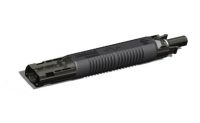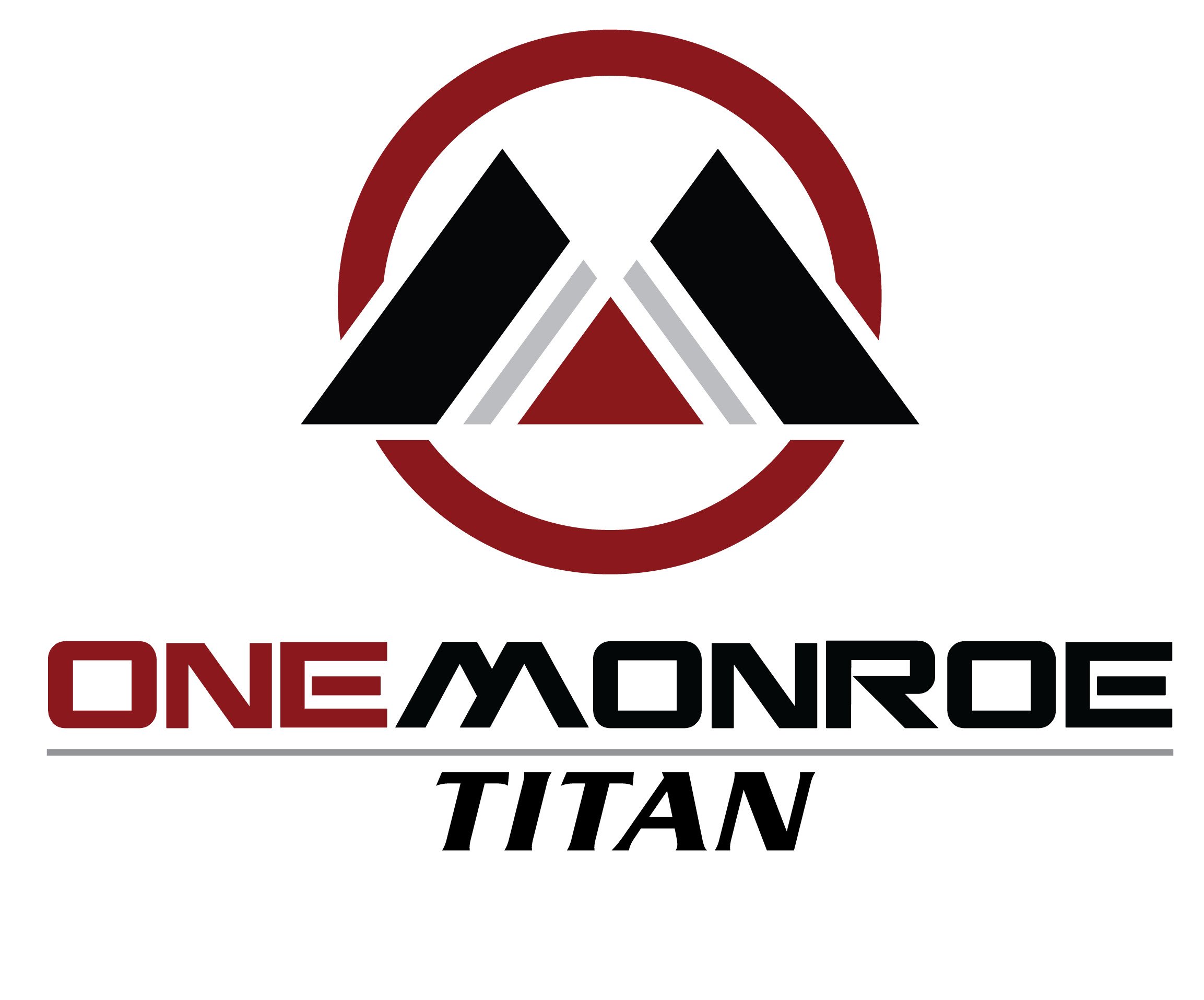
When you’re working with electronic or industrial equipment, getting familiar with connectors isn’t just helpful—it’s kind of necessary for making sure things run reliably. Amphenol connectors have a reputation for being tough and dependable, so it’s no surprise you’ll spot them everywhere—from mobile gadgets to heavy industrial machinery. Secure electrical and signal connections are their bread and butter, and honestly, they do it well.

If you’ve ever tried to pick the right connector, you know the lingo—plugs, receptacles, pin layouts—can get confusing fast. Amphenol, for what it’s worth, covers the bases with circular, rectangular, fiber optic, and some pretty niche specialty connectors, all designed to handle some rough environments.
Learning just the basics about Amphenol connectors can make a big difference. It’s not just about knowing what fits where; it’s about getting connections that last and don’t let you down.
Key Features of Amphenol Connectors
Amphenol connectors are all about solid electrical connections, but they don’t stop there. They bring a mix of advanced protection, tough mechanical build, and weather resistance to the table. That’s why you’ll find them in places where performance has to stay consistent—even when the environment’s a little unforgiving.
Durability and Reliability
These connectors are built to take a beating—harsh weather, constant plugging and unplugging, the usual wear and tear. A lot of them come with ruggedized housings that shrug off vibration, accidental bumps, and big temperature swings. So, whether it’s in a factory, a car, or even an aircraft, they’re up for it.
Amphenol uses quality contact materials—think gold or tin plating on the terminals. Better conductivity, less corrosion, and you end up with reliable signal transmission that doesn’t fade over time.
You’ll also find features like quick-disconnect coupling, which makes joining and separating connectors fast and painless. That’s less wear and tear, and in the long run, it means fewer headaches.
Weather Resistance and IP Ratings
Dealing with moisture, dust, or general gunk? Amphenol’s weather-sealed designs have your back. You’ll see connectors with IP ratings like IP67, which means they can handle being dunked in water for a bit or keep dust out.
Things like O-rings and gaskets are built in to keep rain, humidity, and dirt on the outside. Some models go even further for outdoor or mobile gear, so you’re not stuck worrying about failures when the weather turns.
Even when things get messy—maybe you’re working outside or in some grimy factory—these connectors keep performing. That’s why they’re a go-to for outdoor comms, industrial controls, and transport systems.
Voltage and EMI Protection
Not all connectors are created equal when it comes to voltage, but Amphenol’s got a range—low-voltage for signals, higher-voltage for power. The voltage rating matters, especially if you want to avoid sparks or shorts in critical setups.
EMI (electromagnetic interference) is another headache, but Amphenol tackles it with built-in shielding. That’s a big deal in crowded electronic environments where stray signals can mess things up.
With voltage and EMI protection sorted, you get safer, cleaner connections—pretty important if you’re dealing with medical equipment, comms, or anything that needs precision.
Applications and Availability
You’ll find Amphenol connectors just about everywhere—there’s a model for almost every job, whether you need something standard or a bit out of the ordinary. What matters is how they fit real-world needs, what to look for when picking one, and which options actually make life easier.
Common Uses Across Industries
It’s kind of impressive how many places Amphenol connectors show up. In cars, they’re in advanced interconnects, sensors, and all sorts of vehicle electronics. Aerospace and defense? They rely on Amphenol for connections that can’t fail, thanks to their sturdy build and solid shielding.
Data centers and server racks use Amphenol’s high-speed and power connectors—especially those made for Open Compute Project (OCP) setups. You’ll also spot them in industrial machines, medical devices, and telecom infrastructure. Their ability to handle tough environments means they work indoors, outdoors, wherever.
Selecting the Right Amphenol Connector
Picking the right Amphenol connector isn’t just a checkbox exercise. You’ve got to think about what kind of electrical performance you need—current rating, data speed, all that. Then there’s the environment—will it face dust, water, heat, or cold?
Maybe you need extra shielding or special plating for reliability and EMI protection. Sometimes it’s about weight—composite versions are handy in aerospace—or maybe you need something compact and reversible like USB Type-C for consumer gadgets. Don’t forget about installation, either; being able to use crimping or pin extraction tools can make setup and maintenance a whole lot easier.
Product Availability and Options
Amphenol’s products are pretty much everywhere—you’ll find them stocked by major distributors and trusted partners all over the world. There’s a huge selection, from standard connectors to high-speed and even custom options, whether you’re dealing with power, data, or signal transmission. It’s honestly a bit overwhelming how many choices there are.
They’ve got connectors with features like lightweight composite materials, a bunch of plating options if you care about shielding, and they stick to industry standards. You can order in bulk or just grab pre-assembled setups, depending on what works for you. Most of the popular connector families and their accessories are usually ready to ship, but if you’re after something more niche or custom, you might need to wait a bit longer or place a special order.

